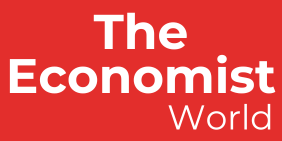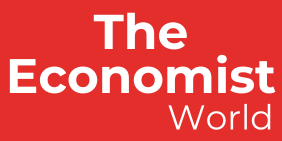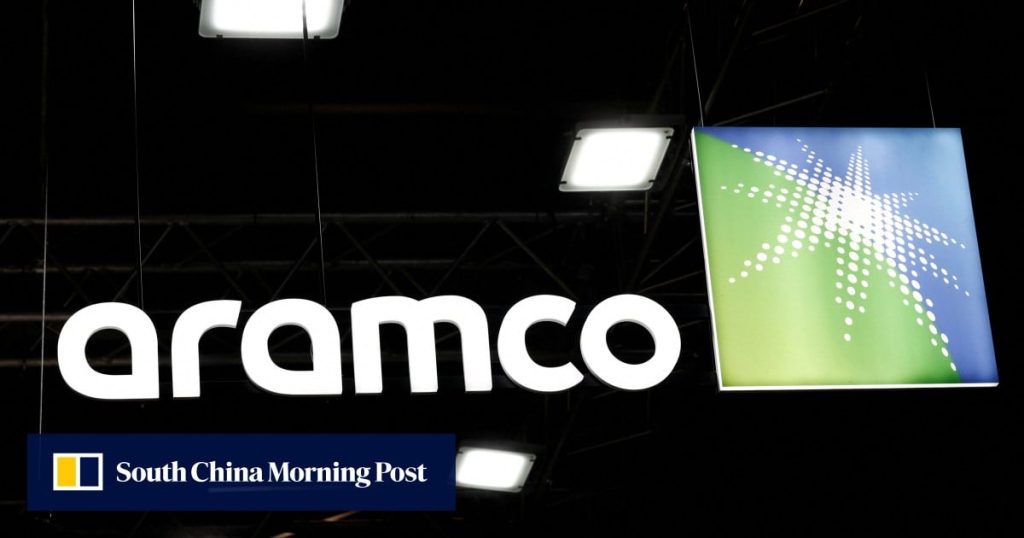Oil sank after Saudi Arabia slashed its flagship crude price by the most in more than two years and the escalating trade war spurred concerns about a global recession and weaker energy demand.
Brent fell by almost 4 per cent to US$63.01 a barrel, a four-year low, before paring losses, while West Texas Intermediate was near US$60. Saudi Aramco lowered Arab Light crude to its biggest buyers in Asia more than expected for May, moving just days after Opec+ announced a surprisingly large output hike.
“Markets are beginning the week still in the throes of panic,” said Vandana Hari, founder of Vanda Insights in Singapore. “No one dares pick a bottom” and “stand in the way of the selling tsunami,” she said.
Market metrics signal conditions are loosening. The spread between Brent for this December and the same month in 2026 flipped to contango briefly, with the nearer contract priced below the longer-dated one. That is a bearish structure.
Oil slumped along with other industrial and agricultural commodities and global equities as the wave of tariffs, plus retaliation from China, torpedoed appetite for risk. Crude’s losses were exacerbated by the surprise move by the Opec+ alliance to increase production by more than had been expected, stoking concerns about a global surplus.
Reflecting the fast-souring mood, Goldman Sachs reduced its price forecasts for the second time in less than a week. The revised outlook has Brent for December at US$62 a barrel versus US$66 previously.


